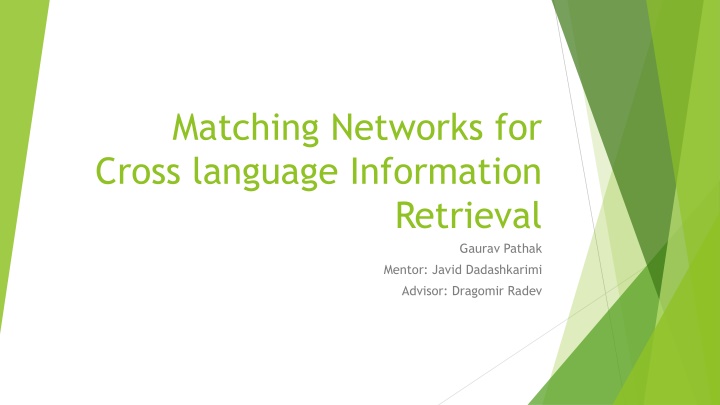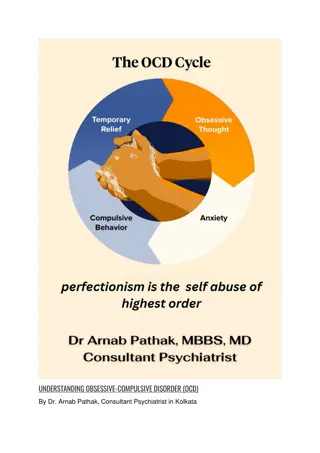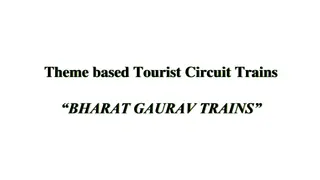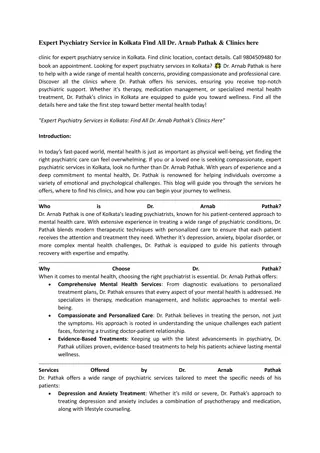
Cross-Language Information Retrieval with Matching Networks
Explore Matching Networks for Cross-Language Information Retrieval, focusing on one-shot learning using contextual embeddings to predict labels for query images. Discover the methodology, architecture, results of N-way K-shot experiments, and future exploration areas.
Download Presentation

Please find below an Image/Link to download the presentation.
The content on the website is provided AS IS for your information and personal use only. It may not be sold, licensed, or shared on other websites without obtaining consent from the author. If you encounter any issues during the download, it is possible that the publisher has removed the file from their server.
You are allowed to download the files provided on this website for personal or commercial use, subject to the condition that they are used lawfully. All files are the property of their respective owners.
The content on the website is provided AS IS for your information and personal use only. It may not be sold, licensed, or shared on other websites without obtaining consent from the author.
E N D
Presentation Transcript
Matching Networks for Cross language Information Retrieval Gaurav Pathak Mentor: Javid Dadashkarimi Advisor: Dragomir Radev
Learning from a few examples Unlike humans, neural networks need a large number of examples to learn new concepts/classes etc. This makes it infeasible for tasks with few training examples CLIR for low frequency languages is one such task I explore the paper Matching Networks for One Shot Learning by Vinyals et al from Google DeepMind
Problem Description The problem that the matching network tries to solve is as follows: Given a set S of k examples of input-label pairs (x,y), predict the label y1 for a query/input image x1. It is calculating the distribution ?(?1|?1,?) for the given query The test examples, set S are unseen during training. Thus, the number of examples in the set is k=1 and seen for the first time by the classifier, thus, it is called one-shot learning Essentially given a query and a list of options (the support set), the network is trying to match the query with a label in the set. It is debatable whether it can be called one-shot learning as there no change to the network happening even though it can classify things from few examples
Methodology The zero shot matching is done in a process very similar to a kNN classifier In order to do the matching, a criteria is required to compare the input with the support set. In order to do this, contextual embeddings are used. There are two embedding functions, ones for the support set and one for the query. The cosine distance between the outputs of these two embedding functions are used to calculate the probability distribution over all possible classes
Results Problem N- way K-shot EP1 train_acc EP10 train_acc EP50 train_acc EP100_train _acc EP150 train_acc 20,1 0.3125 0.5 0.6525 0.8145 0.9375 5,1 0.4375 0.65625 0.71875 0.875 0.96875 Validation Acc 0.1985 0.3175 0.4934 0.6423 0.90625
Further Areas of Exploration Extension into natural language problems (done on Penn Treebank by Vinyals et al) Ability to adapt to different domains (ImageNet vs Omniglot) Different Embedding functions Full Contextual embeddings













